Fast growing tall perennials that don't attract bees, JB etc
glaswegian
15 years ago
Featured Answer
Sort by:Oldest
Comments (38)
christinmk z5b eastern WA
15 years agoglaswegian
15 years agoRelated Discussions
Does anyone grow 'Jolly Bee' Hardy Geranium with their roses???
Comments (15)Yes! Highly recommend it. I got some on clearance at Lowe's last summer-early fall ($1 for a very nice-sized pot; quart maybe? I'm bad at sizes) mostly to fill in what I had of Rozanne. In the short time they were in the ground during the growing season, they went gangbusters. I can't say enough good about this plant. Long bloom, good recovery (from floppy-sad to fabulous in very little time), vigorous and I think there's a little more pink in the eye, too, but I could be mistaken. I won't buy another Rozanne unless it's a sub for Jolly Bee. That said, JB does seem harder to find. I hope they all made it through the winter....See MoreWill Rosemary attract bees?
Comments (9)Honey bees or bumble bees showed no interest in rosemary in my garden with four honeybee hives 100 feet away. One of the all time great fragrances though, Rosemary. Daylilies attracted an occasional bumble bee who quickly gave up (the pistil is too far from the stamen). Roses attract fewer bees than you would expect, though Japanese beetles love them. Sunflowers attract a lot of bees, and birds later. Cosmos attracts a lot of bumble bees. All cucumber related plants attract bees (and gourds, pumpkins, etc). Big flowers, easy to get to the pollen....See MoreAttracting bees to your gardens...
Comments (32)Todancewith wolves, I like that Mason bee house too. I wonder if I drilled holes into some of the dead snags (dead trees and branches) or a log if they would use that. Kiddo, I like your clover lawn. Looks like lots of potential there for some gardens or maybe a mini-meadow along with the clover. Every few years, I cast some clover seed over the grass, although there is not that much grass on my lot (coincidentally also 1.25 acres). Clover is a good companion to grass because it is a legume and fixes nitrogen which nourishes the grasses. Common milkweed (Asclepias syriaca) is very attractive to pollinators, has showy pink flowers that smell heavenly, and is an excellent Monarch host plant, however it's kind of a coarse plant and not well-behaved in the garden. It sends out fairly long runners every which way. I have some growing in the wild area in the back-backyard, where it can spread hither and yon if it wants. The Swamp milkweed (Asclepias incarnata) is clumping and well-behaved. I think the foliage is much more attractive. In my garden it reseeds readily. I saved seeds from the light pink in the picture above, and also have seeds that are white and a few seeds that were from a dark pink. I winter-sowed the dark pink last year, and it hasn't bloomed yet, but can't wait to see the color. Send me an email, I'd be happy to share some of these. Another bee attractor - Echinacea -...See MoreHow fast will SRBs grow?...sort of lengthy...
Comments (5)HD, the pest that's doing the most damage is the cabbage looper. I have to wait a little longer to buy some Bt, and I don't have anything that's working on them, so I'm just trying to pick them off, but it's hard because they're not that large and they're the same color as my tomato plant. I could never find what was damaging the sunflower leaves...maybe slugs, but that wouldn't have been my first thought because the slugs around here are so tiny(I come from SLUG country, the PNW)and I never saw any slime. I saw my first JB of the season yesterday...they are attracted to my basil, so much so that it kept them away from my beans last year. I popped in a few SRBs near the base of the sunflowers and we'll see what happens. I've found that the SRBs are best eaten quite small, as they get stringy(and hairy)quickly, so I usually use them as ornamentals....See Morekatefisher
15 years agogardengal48 (PNW Z8/9)
15 years agocoolplantsguy
15 years agoglaswegian
15 years agocoolplantsguy
15 years agoaftermidnight Zone7b B.C. Canada
15 years agogardengal48 (PNW Z8/9)
15 years agoglaswegian
15 years agoaftermidnight Zone7b B.C. Canada
15 years agosusanzone5 (NY)
15 years agonancyd
15 years agoduluthinbloomz4
15 years agoterrene
15 years agolexer
15 years agommqchdygg
15 years agoCharmaine Carvalho
8 years agofloral_uk z.8/9 SW UK
8 years agoUser
8 years agolast modified: 8 years agogardengal48 (PNW Z8/9)
8 years agoUser
8 years agogardengal48 (PNW Z8/9)
8 years agostonethegardener
8 years agofloral_uk z.8/9 SW UK
8 years agoUser
8 years agoJudith Schiano Jevnik
5 years agoprinceton701
5 years agoFaith
5 years agorob333 (zone 7b)
5 years agolast modified: 5 years agoWoodsTea 6a MO
5 years agoUser
5 years agolast modified: 5 years agorob333 (zone 7b)
5 years agoNHBabs z4b-5a NH
5 years agolast modified: 5 years agogardengal48 (PNW Z8/9)
5 years agosusanzone5 (NY)
5 years agoKirstin Zone 5a NW Chicago
5 years ago
Related Stories

GARDENING GUIDESAttract Hummingbirds and Bees With These Beautiful Summer Flowers
Roll out a welcome mat for pollinators to keep your landscape in balance and thriving
Full Story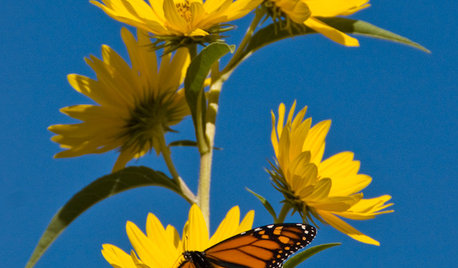
GARDENING GUIDESGreat Design Plant: Helianthus Maximiliani Attracts Beneficial Insects
Maximilian sunflower’s striking yellow flowers light up the fall landscape and attract pollinators and beneficial insects at a crucial time
Full Story
CALIFORNIA NATIVE PLANTSGreat Design Plant: Asclepias Is Attractive to Monarch Butterflies
Increase monarch butterfly populations in California by planting stunning native milkweeds
Full Story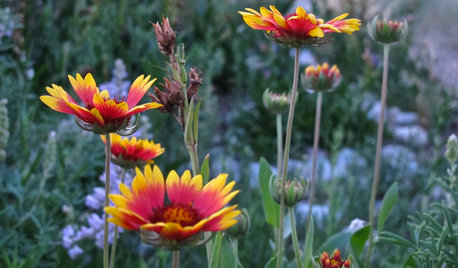
GARDENING GUIDESThese Hummingbird-Attracting Native Plants May Surprise You
These flowers, vines and shrubs offer shelter and food supplies that keep hummingbirds around longer
Full Story
GARDENING GUIDES8 Plants That Snobs Love to Hate — and You'll Love to Grow
Don't dismiss these common annuals, perennials and shrubs — there are reasons they've been popular for so long
Full Story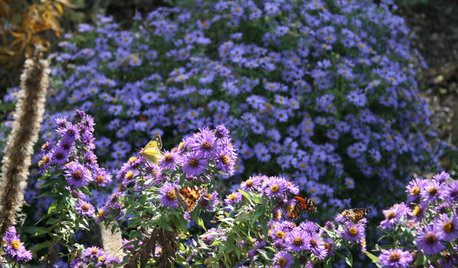
FLOWERS15 Native Flowers That Attract Butterflies
By picking plants from this list that are right for your location, you’ll get colorful blooms and support pretty pollinators
Full Story
GARDENING GUIDESTop 12 Summer-Blooming Perennials for Deer-Resistant Drama
Can you have garden color, fragrance and exciting foliage with hungry deer afoot? These beauties say yes
Full Story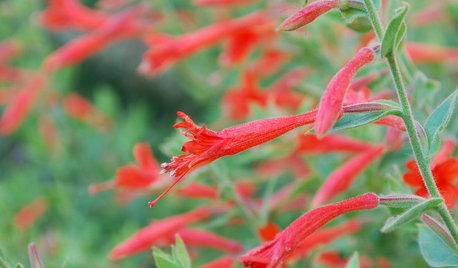
SUMMER GARDENING6 Water-Wise Perennials for Blazing High-Altitude Summers
Scorching weather and high elevations don't have to mean scraggly plantings. These blooms are as gorgeous as they are tough
Full Story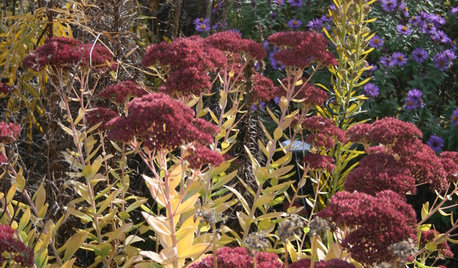
GARDENING GUIDES8 Perennials for Great Fall Color
Trees haven't cornered the market on autumn splendor. Add these flowering perennials for a foliage sight to behold
Full Story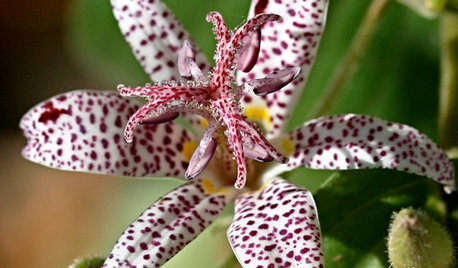
SUMMER GARDENING10 Perennials to Extend Your Garden's Summer Color
Revive summer-weary gardens with outstanding late bloomers such as toad lily, Russian sage, blanket flower and more
Full Story


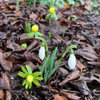
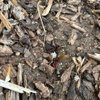

katefisher